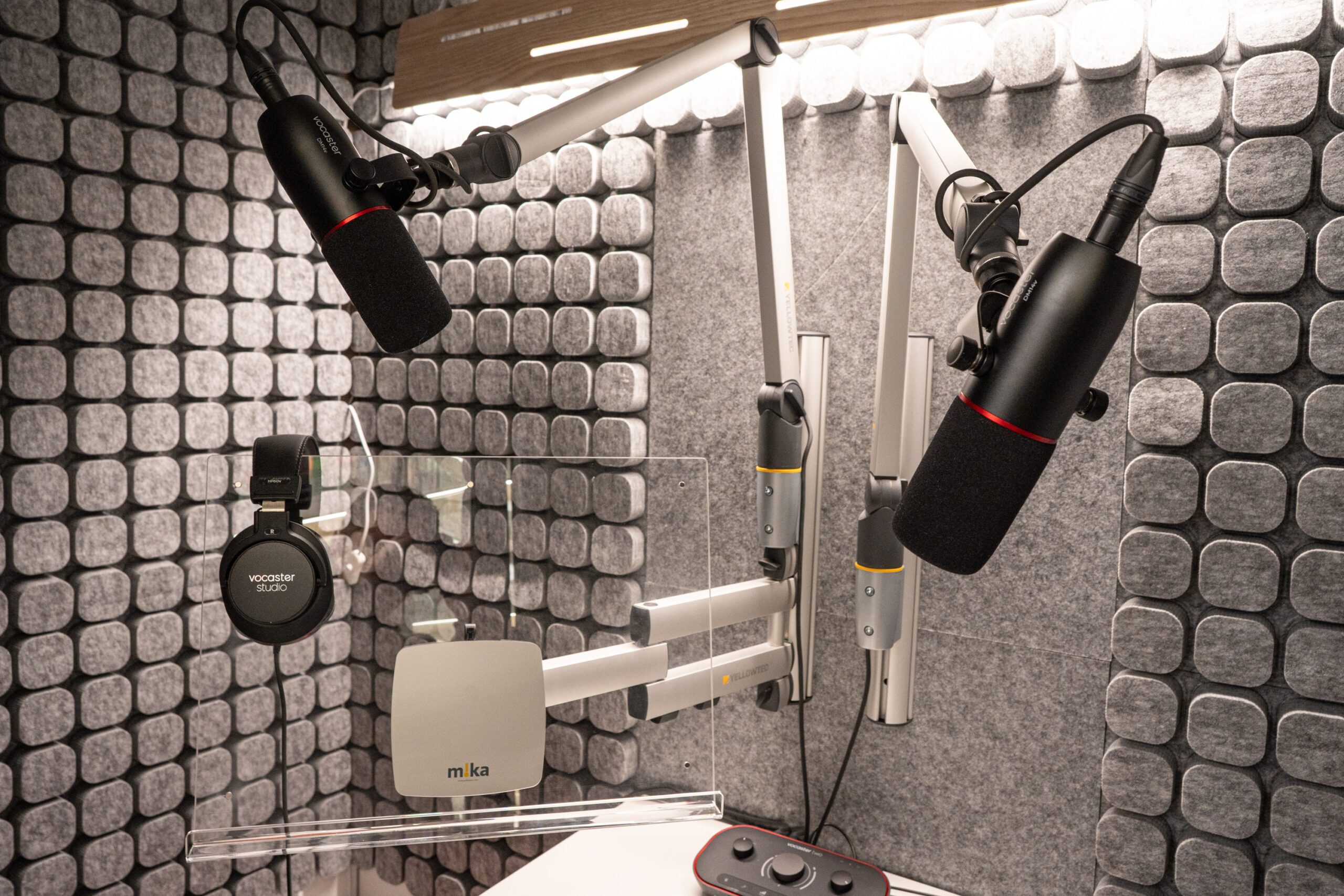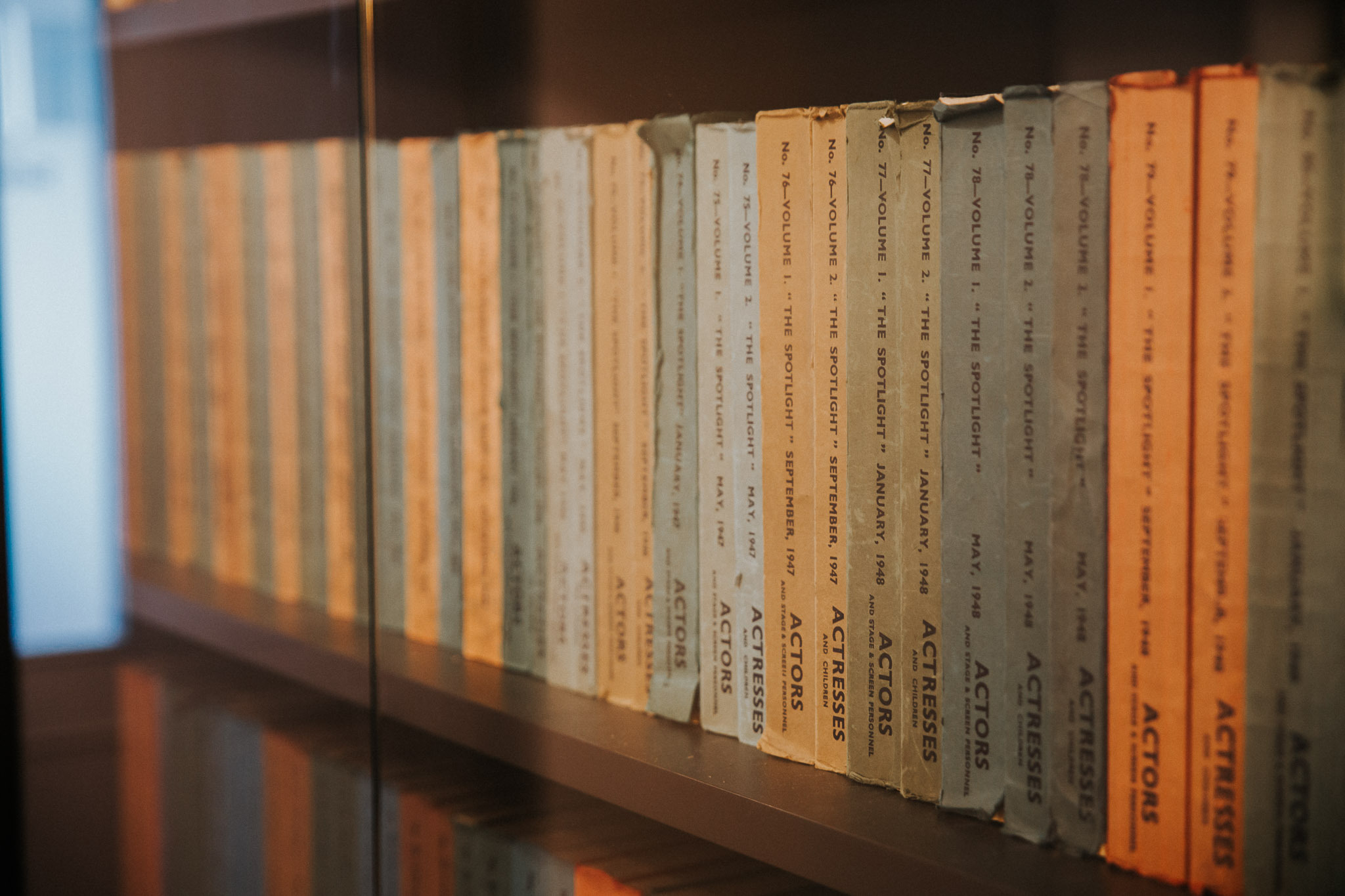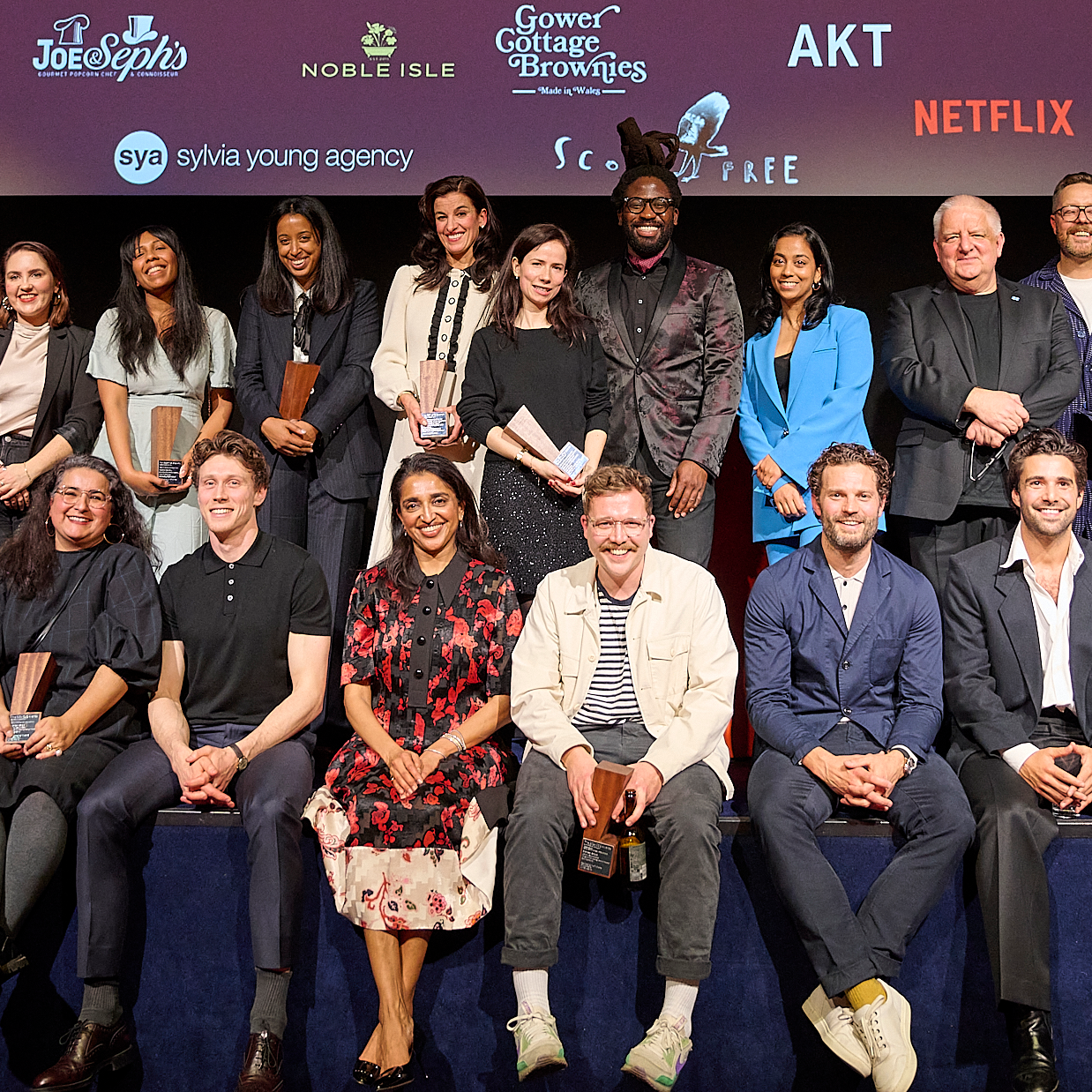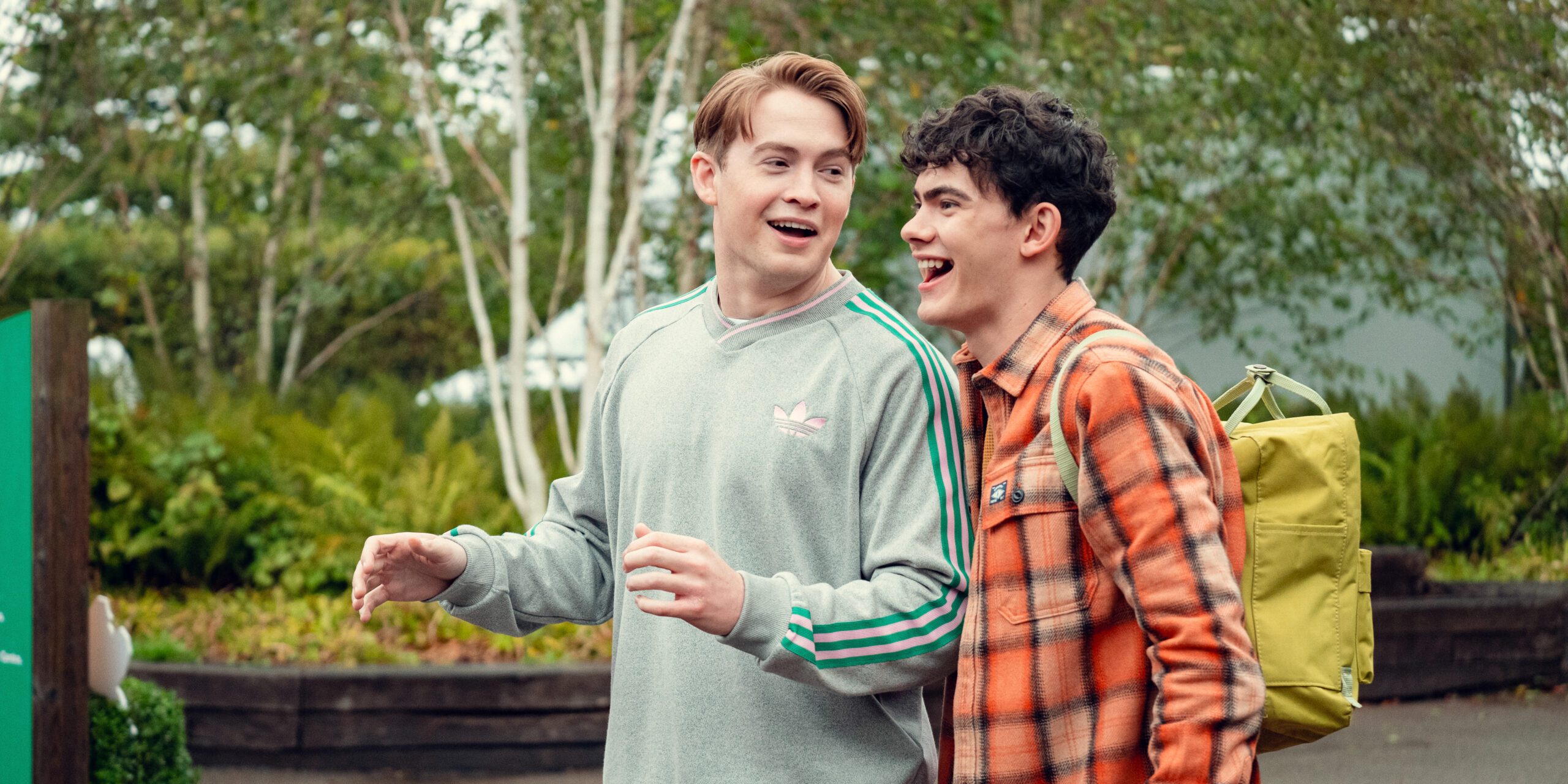Derek Arnold and Tom Wilton aren’t necessarily faces you might recognise, but they’re behind many of the creatures you see brought to life in the latest Star Wars films. Tom and Derek talked to Spotlight about their unique contribution to a production as puppeteers on stage and screen.
I’ve always tried to be very pragmatic when it comes to work. If you keep knocking on the same door and no one answers, you have two choices: move on or risk waking up one day an old person still sitting in front of that same door. I chose to move on and it turns out I was much better at making horse noises than I ever was at reading verse.
How did you each come to work in film, in such a unique way? Did it come from interest in acting or something else?
Tom: I trained at the Webber Douglas Academy of Dramatic Art and believe it or not I felt I was destined to tread the boards at the Royal Shakespeare Company. However, I’ve always tried to be very pragmatic when it comes to work. If you keep knocking on the same door and no one answers, you have two choices: move on or risk waking up one day an old person still sitting in front of that same door. I chose to move on and it turns out I was much better at making horse noises than I ever was at reading verse. War Horse was the gateway project that led me to the first feature film I worked on, which was Star Wars: The Force Awakens.
Derek: I [also] originally trained as an actor and worked a lot in theatre. Landing a role as a puppeteer in War Horse in the West End opened up many doors. Along the way we met a lot of people and won the lottery when one of the people we met (Brian Herring) rang us up and asked if we’d like to be a part of the Star Wars world. Since then we’ve been riding the wave.
How did you two start collaborating?
Tom: I’ve always tried to be very active in charitable cases. Someone drew my attention to the Foundation for Unemployed Canadian Puppeteers (FUCP), and in particular, one very sad case of a puppeteer who was struggling to get work due to the very strange shape of his head…
Derek: I met Tom 7 very long years ago in War Horse. I could see people liked him more than me, so I blackmailed him and became his shadow and he hasn’t been able to get rid of me since.
I think mobility is the key to longevity in our line of work.
Can you describe your process when you approach a project like Rogue One or the Force Awakens – how do you each become involved with these kinds of projects (at what stage?), and how do you figure out the character initially? Is it script-driven, working with other special effects crew, or something else?
Tom: Great question. It really depends on the creature.
Derek: When we are cast in each character we play, we try and chat to the concept designers and get an idea of what their thoughts are. We have conversations with the head of the creature department, Neal Scanlan… it’s constantly changing and growing. Like everything else, it’s a process.
Tom: For the Force Awakens we were engaged months before principal photography began shooting for a period of research and development for the creature that went on to become the Luggabeast. At the time it was simply known as Little Beast. As we got further down the line with the build, we found that the particulars of that puppet helped us to generate character qualities for it. We knew it was a ‘pack horse’ type animal whose primary function was to salvage junk in the deserts of Jakku. We then set about working in conjunction with Kiran Shah, who played Teedo and Paul Kassey, the movement coordinator, to create a small vignette that would be shown to JJ Abrams, the director. That was the moment of truth. Fortunately, JJ loved it. But that was just the first hurdle. The toughest challenge was bringing the Luggabeast to life on location in the searing heat of the Abu Dhabi desert.
It seems like you’ve both appeared in a lot of unusual places, not just the films you’ve got listed on IMDb! How do you decide what projects you work on?
Derek: We’ve done some crazy jobs. Seems no one wants us as humans, always creatures, animals or aliens. We usually look at the job and decide if we can fit it into our schedule; if it’s something we haven’t done before and if it’s with people we haven’t worked with either. It’s always beneficial to meet new people. Of course, money plays a big part in it as well.
Tom: In an average year we can normally fit in two large scale features. And then we’re often trying our best to fit in smaller contracts around those jobs too. It’s one massive jigsaw puzzle. Sometimes you get lucky and it all works out and at other times you have to accept that a project that you want to work on will pass you by.
How do you physically prepare for your work? It seems incredibly demanding in some ways!
Derek: Strict diet of Red Bull and Oreos. Each job has its challenges, we figure those out and work accordingly to what we know we are going to put our bodies through.
Tom: We do have to keep a base level of fitness for the different kinds of jobs we do. But it can be hard to maintain that level working the long hours we do in film. Last year, I had a year of predominantly doing puppetry over creature performance. And then at the beginning of this year suddenly I was back to doing lots of creature performance and I found that quite tough. Without realising it, I’d let my base level of fitness drop. I think mobility is the key to longevity in our line of work. I need to do a minimum of 10-15 minutes of mobility practice and stretching on a daily basis to avoid injury. But maybe that’s just because I’m getting old!
Derek: But seriously though if anyone from Oreos is reading this, don’t hesitate to send any Oreo merchandise for free publicity.
Surround yourself with like-minded people. Take workshops, have a focused goal and be brave enough to put yourself in those environments.
What’s the process like of creating/inhabiting these characters and relating to other actors in each scene? I’m curious about the actual experience on set, since you’ve played or operated characters that need to interact convincingly with actors on screen, while not being on screen yourselves! How does that work?
Tom: [It’s] very specific to the project. On Star Wars, for instance, one of the biggest challenges when wearing an animatronic head is interacting convincingly with your fellow actors and creature artists while dealing with all sorts of sensory deprivation. Often, we can’t see or hear very well. You build a close working relationship with the puppeteer who operates the facial animatronics. They have a direct line into an ear piece that you wear. They become your eyes and ears. And then we all do our best to make the performance look as natural as possible. Whereas Fantastic Beasts has a whole other set of challenges. We spend a lot time working opposite the actors with reference puppets. This is to aid the actor’s performance and give them something solid to act opposite when the final creature will be a CGI.
Derek: Anytime we shoot something there is always a camera rehearsal for everyone on set so that all departments can see and figure out what they need to do. During the rehearsal we will be out of costume, so we can see and understand what is going on, as well it’s a time for us to let anyone we are working with know what we can and can’t do in the suit. 90% of the characters we play usually have a puppeteer or coordinator outside behind the camera that we can communicate with. If there’s ever an issue, there’s always someone to jump in and help out.
What’s been the most challenging project you’ve each worked on? Why was it challenging? Or maybe a better question is this: what’s been the weirdest? I’ve heard something about the creature Mark Hamill milks in the Last Jedi…?!
Derek: Ohhhh the Thala Siren. Yup. That’s hands down the weirdest thing we’ve done so far. We were in that creature for 5 hours on the side of a cliff in Ireland and that’s what’s so fun about the job. You never know where you’ll end up.
Tom: There are so many weird situations we’ve found ourselves in I wouldn’t even know where to begin! But the Thala Siren in The Last Jedi is definitely up there. Hands down the most challenging project to date was the feature Life with Jake Gyllenhaal and Rebecca Ferguson. When I mention that project most people assume that we provided puppetry assistance for the creature Calvin. But actually, we were tasked with manipulating objects on board the space station to create the illusion that they were floating in zero gravity. It was a very tough job and a period of both professional and personal growth and development. Most of the techniques and tools that we use today to solve tricky on set requirements were developed on that job.
If someone were interested in working in effects or puppeteering and just starting out, what advice would you give them?
Derek: Red Bull and Oreos! Surround yourself with like-minded people. Take workshops, have a focused goal and be brave enough to put yourself in those environments.
Tom: Learn your craft and be adaptable. Work hard. Knock on lots of doors, hope for the best but be prepared for the worst and most importantly, be humble.
Finally: What would you each love to work on next?
Tom: I’d love to be involved in making a live action version of Thundercats! As long as it wasn’t directed by Michael Bay…
Derek: Any project that wants to film in Australia. If anyone is out there filming in Australia, take me with you.
Thanks again to Derek and Tom for answering our questions! If you have any questions or want to see more on puppetry, let us know on Twitter.



















